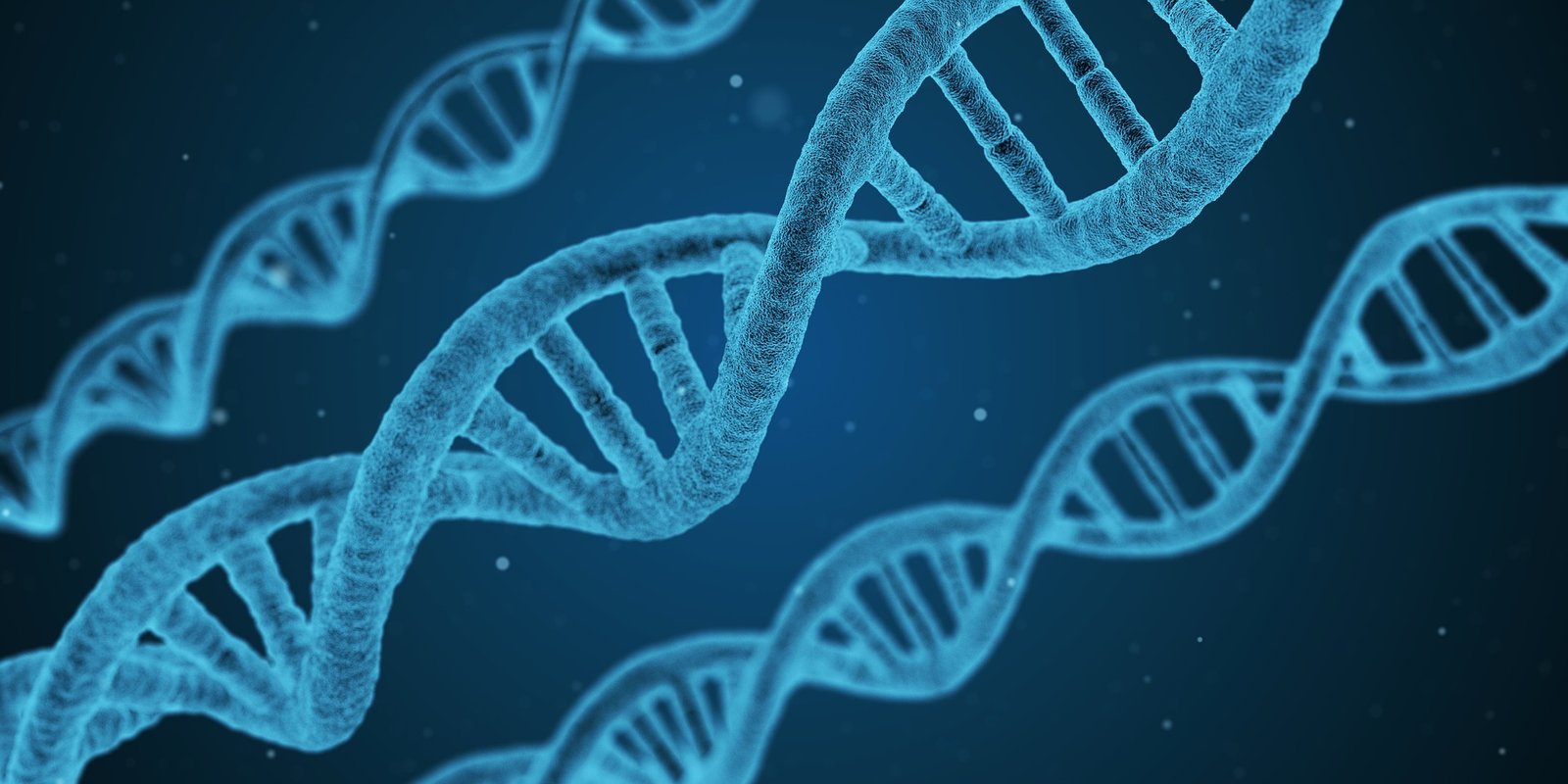Innovative seqFISH technique can image above 10k genes at once
June 11, 2018 | Monday | News
This technique can be applied to any tissue. It can identify cell types and also what the cells are going to do, in addition to giving us a look at the chromosome structure in the same cells
In a breakthrough, scientists have developed a new technique that enables them to image 10,421 genes at once within individual cells.
The technique, called intron seqFISH (sequential fluorescence in situ hybridisation), is a major advance in being able to identify what goes on across the genome in hundreds of different cells at once.
"This technique can be applied to any tissue," said Long Cai, research professor at California Institute of Technology in the US.
"Intron seqFISH can help identify cell types and also what the cells are going to do, in addition to giving us a look at the chromosome structure in the same cells," said Cai.
Previously, researchers could only image four to five genes at a time in cells with microscopy.
Scaling seqFISH up to a genomic level now enables the imaging of over 10,000 genes - about half of the total number of genes in mammals - within single cells, according to the research published in the journal Cell.
In order for genetic instructions to be turned into an actual functioning protein, a process called transcription must first occur. This process often occurs in pulses, or "bursts."
First, a gene will be read and copied into a precursor messenger RNA, or pre-mRNA, like jotting a quick, rough draft. This molecule then matures into a messenger RNA, or mRNA, akin to editing the rough draft.
During the "editing" process, certain regions called introns are cut out of the pre-mRNA.
The team chose to focus on labelling introns because they are produced so early in the transcription process, giving a picture of what a cell is doing at the precise moment of gene expression.
Using the newly developed intron seqFISH technique, each intron is labelled with a unique fluorescent barcode, enabling it to be seen with a microscope.
Seeing introns reveals which genes are currently turned on in individual cells, how strongly they are expressed, and where they are located. 10,421 introns - and therefore 10,421 genes - can be imaged at once.
Previous work that developed the barcoding technique focused on labelling mRNA itself, providing a measurement of how gene expression changed over several hours as the mRNA developed.
Looking at introns enabled the researchers to examine, for the first time, so-called nascent transcriptomes - newly synthesised gene expression.
This led them to discover that the transcription of genes oscillates globally across many genes on what Cai calls a "surprisingly short" timescale - only about two hours - compared to the time it takes for a cell to divide and replicate itself, which takes from 12 to 24 hours.
This means that over the course of a two-hour period, many genes within a cell will burst on and off.










